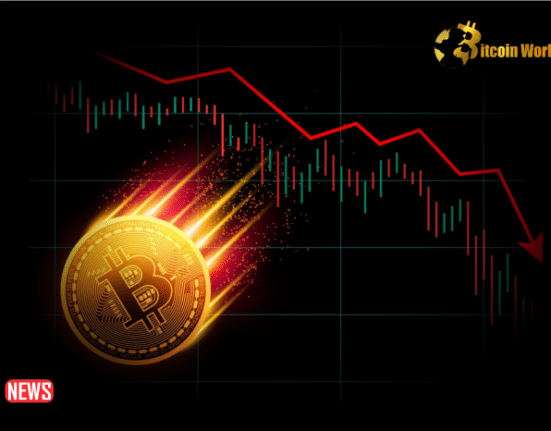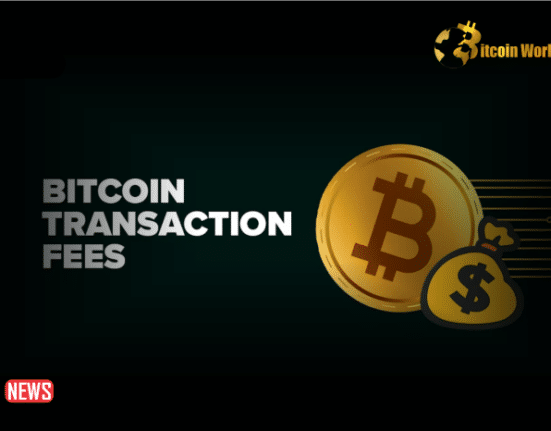Bitcoin’s invention disrupted the financial world. Initially, central banks brushed it aside. However, as its adoption surged, they couldn’t look away. Consequently, these banks now realize they can benefit from integrating some aspects of Bitcoin’s technology. Hence, the concept of CBDC (central bank digital currency) emerged.
Significantly, while most currencies today are digital, the argument for CBDCs isn’t just about digitization. Central bankers assert that CBDCs can foster financial inclusion. They believe that these digital currencies can simplify transactions, reduce costs, and streamline the enactment of monetary and fiscal policies. Moreover, CBDCs hand governments a more excellent financial grip over their citizens, offering a superficial alternative to private innovations like Bitcoin.
However, there are valid concerns. Implementing CBDCs could disrupt significant economic sectors. Additionally, CBDCs are merely a digital version of the traditional inflationary fiat currencies, lacking Bitcoin’s revolutionary monetary attributes. Consumers appreciate Bitcoin for its unique qualities, including resistance to censorship. CBDCs don’t threaten Bitcoin; they might even propel its adoption.
So, what exactly are CBDCs? In the U.S., the Federal Reserve produces dollars comprising physical cash and bank reserve balances. While we use a mix of these for transactions, the digital dollars in consumer bank accounts differ from those the banks hold at the Federal Reserve. CBDCs are distinct because they’re genuine digital dollars, not mere claims to them. Central banks can adopt CBDCs via two methods: wholesale and retail. While wholesale CBDCs mirror bank reserves, retail CBDCs function as digital cash, causing potential disruptions in the banking mechanics.
Significantly, as Nik Bhatia mentions in “Layered Money,” wholesale CBDCs modernize the financial infrastructure but don’t influence societal money interaction. On the contrary, retail CBDCs could redefine consumer banking, allowing users to deal with the Federal Reserve directly. Differences between these models are crucial. For instance, with a retail CBDC, Americans might have a direct account with the Fed. The unpredictability of this model’s impact has kept the Federal Reserve focused on the wholesale approach. However, the Biden-Harris administration’s report hints at a potential interest in the retail variant.
But CBDCs come with issues. Business lending is one. If CBDCs redirect funds away from the private financial system, they could reduce businesses’ access to capital. Governments might be compelled to assume commercial banks’ lending roles, which is something other than their strength. Furthermore, CBDCs present privacy challenges. By removing commercial banks from the equation, governments can gain unrivaled control over citizens’ finances. CBDCs can quickly become tools for surveillance, as evidenced in countries like China.
The programmability of CBDCs, allowing central banks to embed monetary policies directly, raises alarms. This might lead to scenarios where money expires if not spent within specific periods, pressuring citizens to consume. Despite these concerns, many government officials and CBDC proponents overlook or underplay the potential drawbacks.
William Luther and Andrew Bailey note that much of our money is already digital, challenging the primary argument for CBDCs. Besides, as Rob Blackwell opines in “American Banker,” banks must be cautious as the Fed could create a rival to their deposits.
In conclusion, Bitcoin stands firm. While CBDCs introduce more questions and uncertainties to our financial system, Bitcoin continues its ascent, driven by its unmatched monetary attributes. CBDCs aren’t necessarily the answer nor a threat to Bitcoin. They might inadvertently push more people towards the decentralized promise of Bitcoin.















